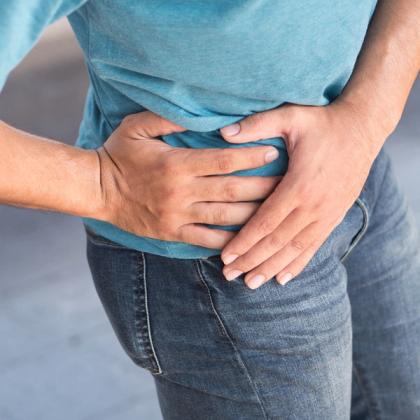This podcast episode is worth 0.27 CPD credits. Upgrade to Pro
Lateral hip pain is a common presenting complaint in primary care. It can result in significant morbidity with reduction in activity levels and associated implications for leisure activities, employment and overall wellbeing. In this episode, Dr Kate Chesterman reviews the likely differential diagnoses, including some key questions to consider when assessing a patient with lateral hip pain. She then delves deeper into the diagnosis of greater trochanteric pain syndrome (GTPS), exploring the reasons why it is no longer referred to as trochanteric bursitis, initial management options, the value of corticosteroid injections and indications for onward referral.
Key references
- NICE. Greater trochanteric pain syndrome. September 2023.
- Speers CJB and Bhogal GS. Br J Gen Pract. 2017;67(663):479-480. doi: 10.3399/bjgp17X693041.
- Mersey Care NHS Foundation Trust. Greater trochanteric pain syndrome. May 2021.
Key take-home points
- Common differentials for lateral hip pain include osteoarthritis (OA) of the hip, referred pain from the lumbar spine and GTPS.
- OA of the hip usually presents with hip stiffness and groin pain, with a reduced range of movement.
- Referred pain from the lumbar spine may present with low back pain which radiates to the lateral hip and lower down the leg, with possible tenderness in the lower back and a limited straight leg raise.
- The pain in GTPS is exacerbated by exercise. There is tenderness over the greater trochanter (jump sign) and pain when standing on the affected side (single-leg stance).
- GTPS is caused by inflammation or physical trauma in the tendons, fascia or bursae, or in the gluteal or piriformis muscles. It occurs most commonly because of a tendinopathy of the gluteal tendons with or without trochanteric bursitis.
- It is usually a clinical diagnosis, but you might want to consider imaging if the patient is not improving or if there is a mixed clinical picture.
- Primary care management of GTPS includes rest, analgesia and a home exercise programme.
- Patient information leaflets are helpful, and a referral to physiotherapy can facilitate tailored support for individuals.
- Peri-trochanteric corticosteroid injections can provide an analgesic window to allow patients to engage in effective rehabilitation programmes.
- Referral should be considered when symptoms are not controlled with conservative measures, or when there is a big impact on the patient's sleep or daily activities.
Create an account to add page annotations
Annotations allow you to add information to this page that would be handy to have on hand during a consultation. E.g. a website or number. This information will always show when you visit this page.
